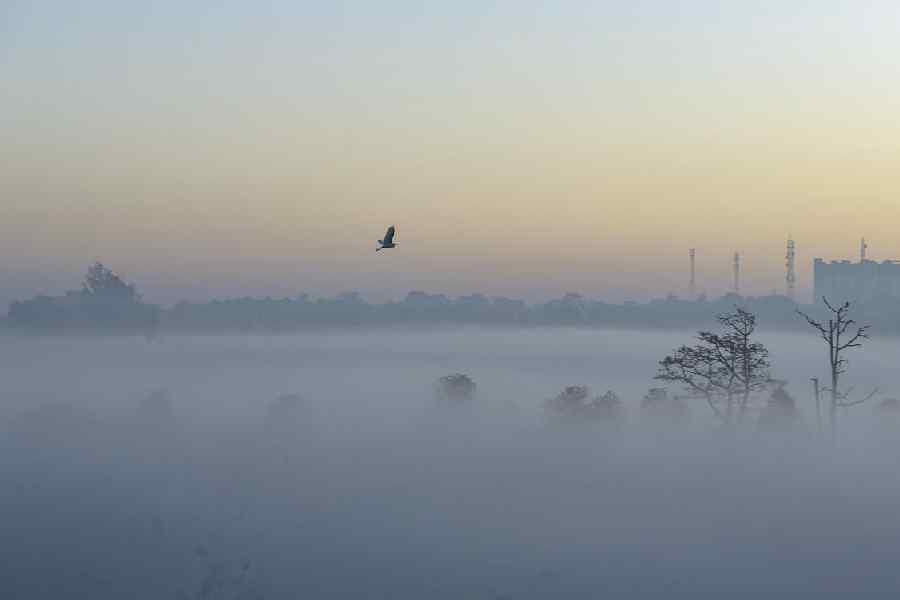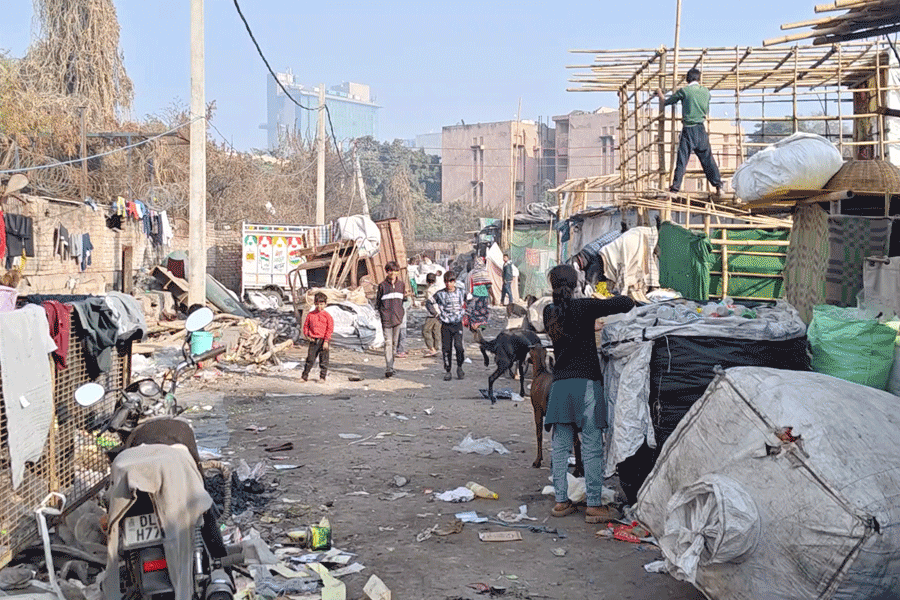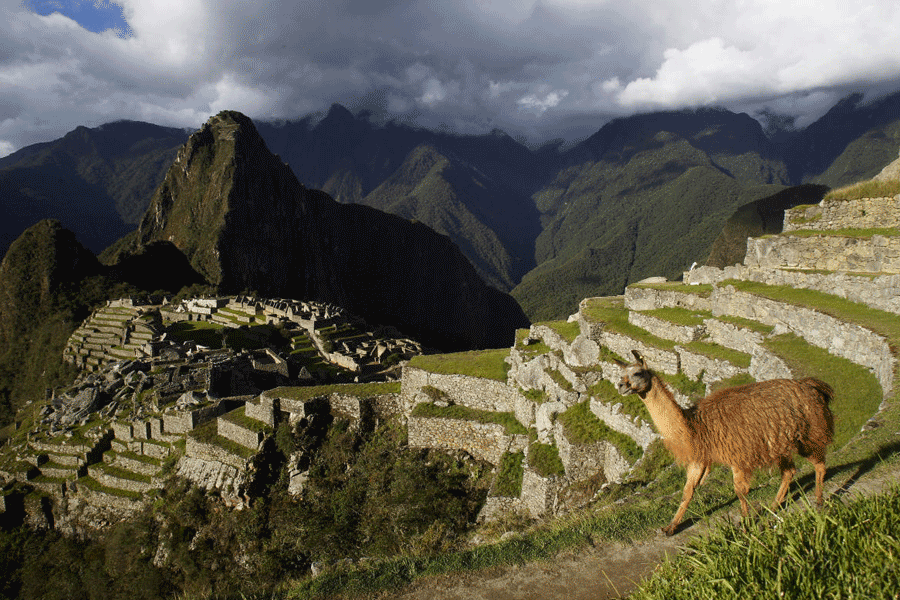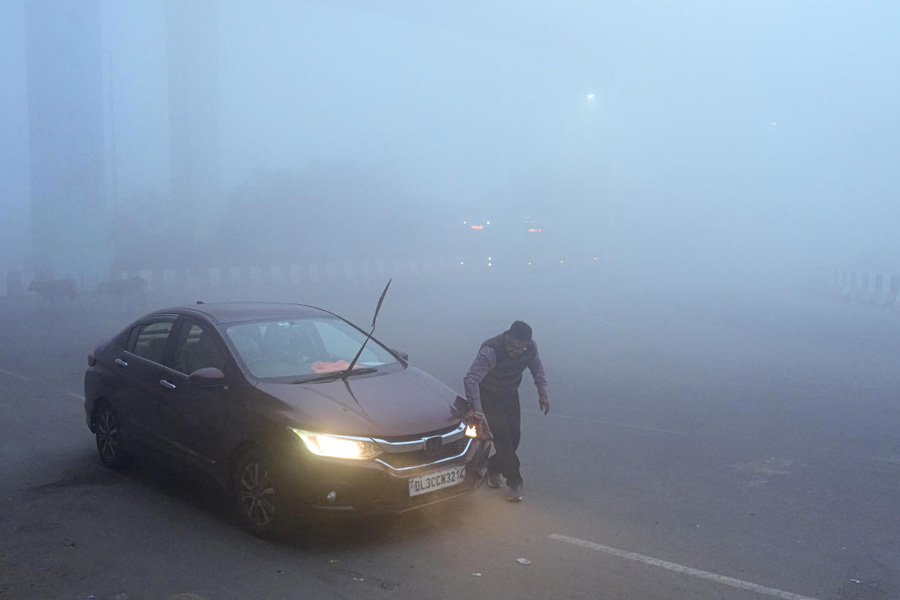 |
For those who live in the Indo-Gangetic plains (IGP), the next Railway budget, expected in March, may present a dilemma of sorts: should they rejoice or groan if Union Railway Minister Dinesh Trivedi — as most his predecessors did in the past — announces new trains that pass through the region?
If the number crunching by a team of computer scientists at the Indian Institute of Technology (IIT), Kharagpur, is anything to go by, adding new trains in the already-congested IGP region probably would not be a good idea as the traffic in the region is already stretched beyond safe limits.
The study led by Niloy Ganguly of IIT’s computer science department analysed traffic flow and the scheduling of trains in IGP in the last two decades to figure out their inherent flaws. The paper, which appeared recently in the journal Physica A, indicates that traffic growth in the region has been unbalanced, even though it didn’t witness any matching increase in physical infrastructure.
The scientists used train data available in railway timetables and publicly accessible railway websites in their simulation study. Their attempts to get passenger data from the Railways came a cropper. “If we had access to this data, we could have found out whether the increase in the number of trains was justified,” Ganguly told KnowHow. Railway officials, when contacted, said they needed time to study the report .
The scientists say the demand for passenger and freight transportation has increased rapidly in recent years. But this growth, they say, has not been balanced and has unduly tipped towards certain regions, which may become a bane for these regions in the long run.
“A possible reason for such bias may be political — for instance, the ministers in charge of the railway ministry since 1996 have all been from the states located in the IGP region (West Bengal and Bihar); hence a large number of new trains has been introduced every year in this region,” they argue.
In the last rail budget, for instance, the then rail minister, Mamata Banerjee, introduced 25 trains that either leave from or terminate in West Bengal. The year before that too, a third of 52 newly announced trains had a Bengal link.
“This is primarily because the introduction of new trains to improve the connectivity of a region with a metropolitan city such as Delhi or Kolkata (which are located at the two extremes of the Indo-Gangetic plain) is a common and easy way of appeasing people and gaining political mileage,” the scientists say.
Improving railway infrastructure, on the contrary, is a much more time-consuming process that requires long-term planning and investment, and hence is not undertaken nearly as frequently as the introduction of new trains.
The IIT researchers point out that such preferential addition of new trains has further congested many trunk segments, which are already very busy. Their study shows that out of 20 trunk segments — each connecting two major railway junctions — eight are from the IGP region, which witnessed a significant rise in the number of trains passing through the area in the last 20 years.
The Lucknow-Varanasi segment tops the list with a whopping 290 per cent rise in train traffic. While only 22 express trains used this section in 1991, the number of long-distance trains plying through the segment rose to 86 by 2009. The trunk segments that occupy second, third and fourth positions in terms of train frequency are also from the IGP region. In all these segments, train frequency more than doubled since 1991.
A major trigger that prompted the IIT researchers to turn their attention to the Indian Railway system was the spate of train accidents that took place in 2010. Out of 19 major train accidents in 2010, 11 were either due to the derailment of or collisions of trains. Significantly, eight of these accidents occurred in the IGP region.
“The exact cause of these accidents vary widely — such as malfunctioning of signals or drivers failing to react to signals — but it is clear from the frequent derailments and collisions of trains that railway infrastructure in the region is under tremendous strain,” says Ganguly who along with his doctoral students Saptarshi Ghosh and Avishek Banerjee, conducted the study.
The scientists say they have more reasons to believe the system in the region is overburdened. “If all trains were to travel in accordance with the railway schedule, the present infrastructure would be insufficient to handle the resultant traffic flow in some of the high traffic routes in the IGP region,” he says.
As a result, trains in the region on an average are delayed by 30 minutes.
Parongama Sen, associate professor of statistical physics at the University of Calcutta, says the study is important as it raises several questions, including the factors that go into deciding new trains. “Shall we ever learn that new trains need new tracks, otherwise people die? And shall we ever realise that it is useful to make a database accessible to scientists,” asks Sen’s colleague Subinay Dasgupta.











